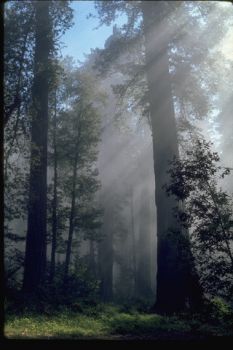
La página que intenta visitar sólo está disponible en inglés. ¡Disculpa!
The page you are about to visit is currently only available in English. Sorry!


From the National Park Service
Old-growth forests may be invaluable habitat, but they’ve never counted for much on the world’s carbon-budget sheets. As trees age and their growth rates slow, they become “carbon-neutral,” emitting about as much carbon dioxide as they absorb—or so went decades of traditional thinking. By comparison, young adolescent forests, perhaps sprouting on recently logged land, were thought to soak up the most C’s.
Now, a study in last week’s Nature upends this long-held view. The researchers, analyzing more than 500 studies of forests worldwide, calculated that woodlands between 15 and 800-years-old should get credit for absorbing carbon dioxide. They found that old-growth forests, which are contained in 15 percent of the Northern Hemisphere’s canopy, continue to grow slowly and, as ecosystems, absorb 1.3 billion tons of carbon annually. That figure, about one-tenth of net global carbon uptake, is no chump change. Not only that, but when an old-growth forest is felled, its reservoir of stored carbon (trunks, leaves, soil and all) results in another 5 to 20 years of net carbon release before growing new trees can start pulling their weight.
Such results could have immediate practical impacts as the pressure to cut greenhouse gas emissions intensifies. Under the Kyoto Protocol, reports the Christian Science Monitor, developed countries can’t take credit for their existing forests—a fact that could change under a future global climate agreement, should this study withstand scrutiny. In developing countries, however, combating deforestation is an even more urgent goal. If it turns out that awarding these countries climate credits for safeguarding existing forests may indeed help slow global warming, then threatened birds and other wildlife will also gladly take the boost.